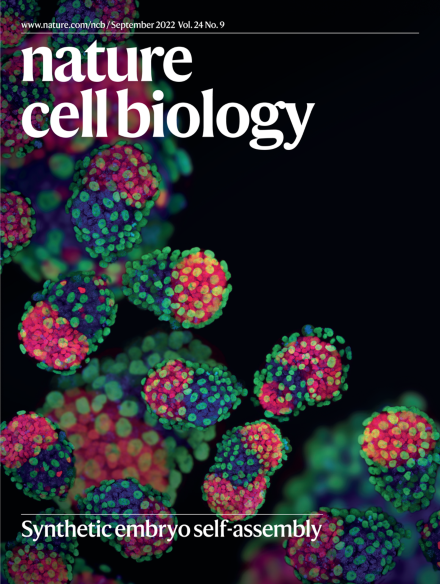The role of PINK1–Parkin in mitochondrial quality control
IF 17.3
1区 生物学
Q1 CELL BIOLOGY
引用次数: 0
Abstract
Mitophagy mediated by the recessive Parkinson’s disease genes PINK1 and Parkin responds to mitochondrial damage to preserve mitochondrial function. In the pathway, PINK1 is the damage sensor, probing the integrity of the mitochondrial import pathway, and activating Parkin when import is blocked. Parkin is the effector, selectively marking damaged mitochondria with ubiquitin for mitophagy and other quality-control processes. This selective mitochondrial quality-control pathway may be especially critical for dopamine neurons affected in Parkinson’s disease, in which the mitochondrial network is widely distributed throughout a highly branched axonal arbor. Here we review the current understanding of the role of PINK1–Parkin in the quality control of mitophagy, including sensing of mitochondrial distress by PINK1, activation of Parkin by PINK1 to induce mitophagy, and the physiological relevance of the PINK1–Parkin pathway. Narendra and Youle review the current understanding of the role of PINK1–Parkin in the quality control of mitophagy, highlighting the underlying mechanisms and physiological relevance of the pathway, as well as its role in neuroprotection.


PINK1-Parkin 在线粒体质量控制中的作用
由隐性帕金森病基因 PINK1 和 Parkin 介导的线粒体吞噬对线粒体损伤做出反应,以保护线粒体功能。在该通路中,PINK1 是损伤传感器,探测线粒体导入通路的完整性,并在导入受阻时激活 Parkin。Parkin 是效应器,它选择性地用泛素标记受损线粒体,以进行有丝分裂和其他质量控制过程。这种选择性线粒体质量控制途径可能对帕金森病中的多巴胺神经元尤为重要,在帕金森病中,线粒体网络广泛分布在高度分支的轴突轴上。在此,我们回顾了目前对 PINK1-Parkin 在有丝分裂质量控制中的作用的理解,包括 PINK1 对线粒体窘迫的感知、PINK1 激活 Parkin 以诱导有丝分裂,以及 PINK1-Parkin 通路的生理相关性。
本文章由计算机程序翻译,如有差异,请以英文原文为准。
求助全文
约1分钟内获得全文
求助全文
来源期刊

Nature Cell Biology
生物-细胞生物学
CiteScore
28.40
自引率
0.90%
发文量
219
审稿时长
3 months
期刊介绍:
Nature Cell Biology, a prestigious journal, upholds a commitment to publishing papers of the highest quality across all areas of cell biology, with a particular focus on elucidating mechanisms underlying fundamental cell biological processes. The journal's broad scope encompasses various areas of interest, including but not limited to:
-Autophagy
-Cancer biology
-Cell adhesion and migration
-Cell cycle and growth
-Cell death
-Chromatin and epigenetics
-Cytoskeletal dynamics
-Developmental biology
-DNA replication and repair
-Mechanisms of human disease
-Mechanobiology
-Membrane traffic and dynamics
-Metabolism
-Nuclear organization and dynamics
-Organelle biology
-Proteolysis and quality control
-RNA biology
-Signal transduction
-Stem cell biology
 求助内容:
求助内容: 应助结果提醒方式:
应助结果提醒方式:


